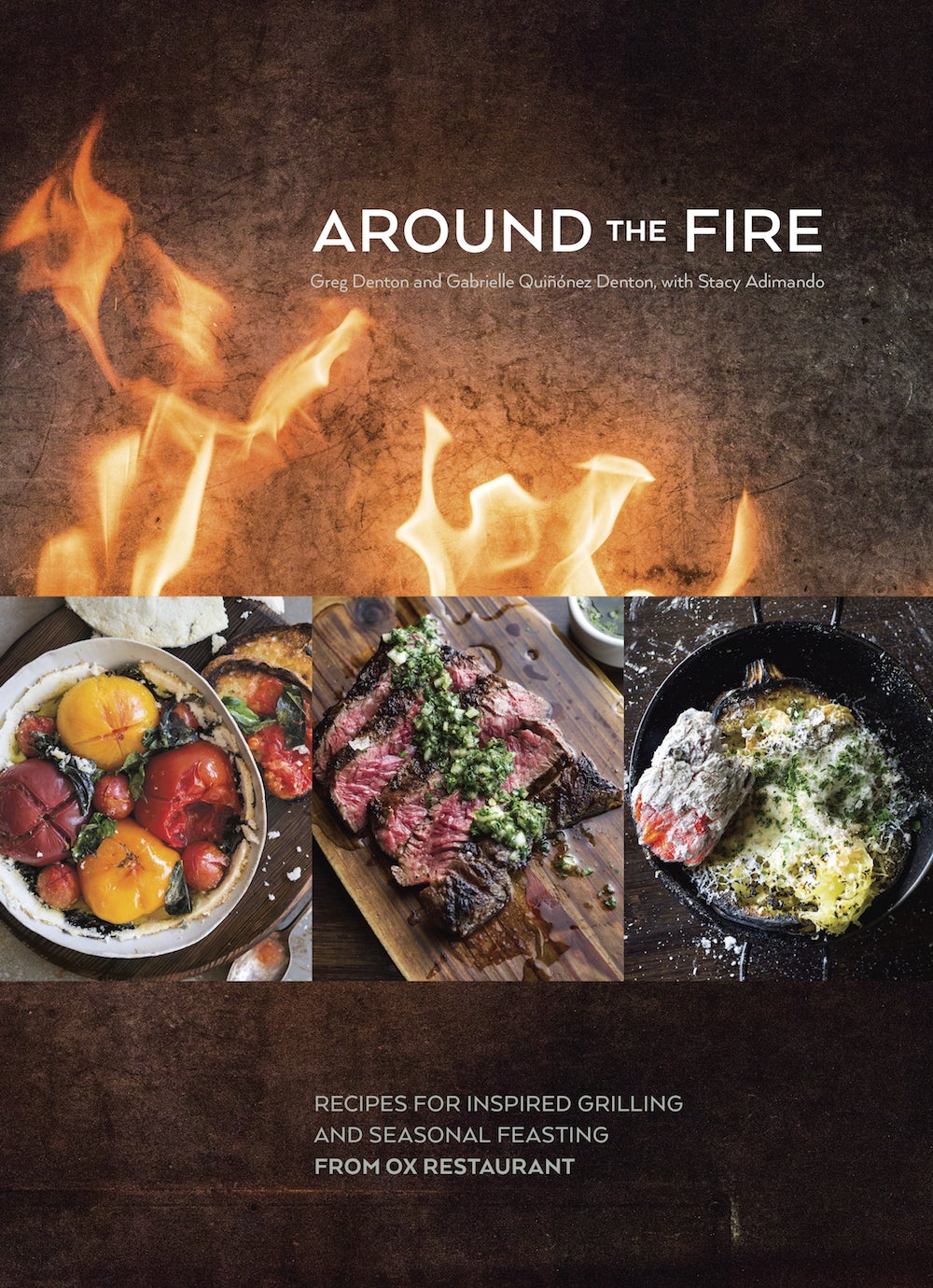![Around the Fire_Grilled Sea Scallops[1]](https://tastecooking.com/wp-content/uploads/2017/05/Around-the-Fire_Grilled-Sea-Scallops1.jpg)
A cast-iron skillet on the grill brings the versatility of stovetop cooking outside.
Who among us has not unwittingly sacrificed a particularly slender asparagus stalk or rebelliously rolly carrot through the grates of a grill while cursing quietly? I for one don’t even mess with grilled shrimp and scallops out of fear of the small, expensive sea creatures plunging into the flames and meeting their end. Sure, there’s aluminum foil to solve this problem, and grill baskets of varying shapes and sizes, but the most elegant solution is a tool that’s probably sitting in your kitchen cabinet: the cast-iron skillet.
We often associate these pans with indoor cooking—pancakes, stovetop steaks, and roasted spatchcocked chickens—but when you team your cast-iron skillet up with your grill, you get the best of both worlds. The food is permeated with smoky flavor, but the pan catches the flavorful fats and juices and creates a nice caramelized crust. You can impart a grilled flavor on foods that normally would never come in contact with an open flame, like peas, berries, small mushrooms.
At Portland restaurant Ox, Greg Denton and Gabrielle Quiñónez Denton incorporate wood-fire cooking into almost everything they serve, from cocktail hour to dessert, so the two chefs are no strangers to the beauty of skillet grilling. In one of the recipes from their cookbook, Around the Fire, a whole trout is roasted in a cast-iron skillet, surrounded by potatoes. The smoke from the grill, combined with the hot, oiled surface of the pan, leaves the trout skin crispy, salty, and almost bacon-like. In another recipe, the skillet is a vessel for a bed of salt, into which Manchego-topped oysters are nestled. Once the oysters are cooked ever-so-slightly, they can be pulled off the grill and onto the table in one fell swoop.
They think of the technique as a way to widen the scope of what’s possible with an open flame. “You can basically do everything you would normally do in a cast-iron pan or in a saute pan,” says Greg. “But you’re going to get an additional smoky flavor to it by putting it on a grill, especially if it’s a charcoal or a wood-fired grill.”
For a low-maintenance dessert, Greg and Gabrielle like to toss some whole strawberries or marionberries (an Oregon specialty) into a skillet with a bit of salt and sugar and let the berries cook down while dinner is being served. When it’s dessert time, the berries have usually cooked down into a warm sauce that can be drizzled over ice cream. “You get that light smokiness that adds just a savory touch to it, but really good caramelization, and it makes a really delicious strawberry compote,” says Gabrielle. In the fall and winter, they recommend caramelizing pears in butter over the grill for dessert.
You can even use a skillet to add a touch of charred flavor to cocktails—another version of the old bartender trick of running a flame along the edge of an orange peel to coax out some of its aromatic oils. Just toss sliced oranges or lemons onto a clean, hot skillet for about a minute on each side over the grill, until the fruit looks (and smells) lightly burnt. No hints of residual meat flavors from the grill, and no threat of your citrus escaping between the grates.
